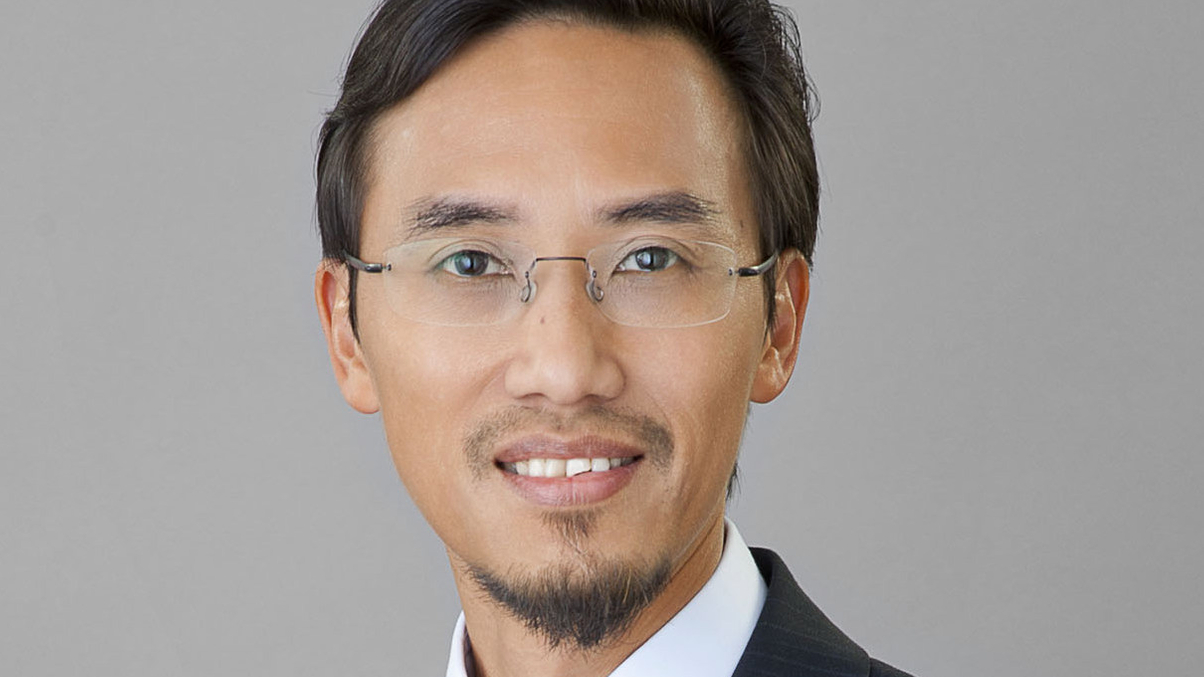MPF future looks passive as HK opts for 'default' fund
The fund industry's arguments over active management have been dismissed by the Hong Kong government and the pension authority, paving the way for the introduction of a low-cost and largely passive default fund.

Plans for a new low-cost, largely passive default fund for retirement scheme members in Hong Kong took a step closer yesterday, with the government coming out firmly in favour of the idea.
Sign in to read on!
Registered users get 2 free articles in 30 days.
Subscribers have full unlimited access to AsianInvestor
Not signed up? New users get 2 free articles per month, plus a 7-day unlimited free trial.
¬ Haymarket Media Limited. All rights reserved.


